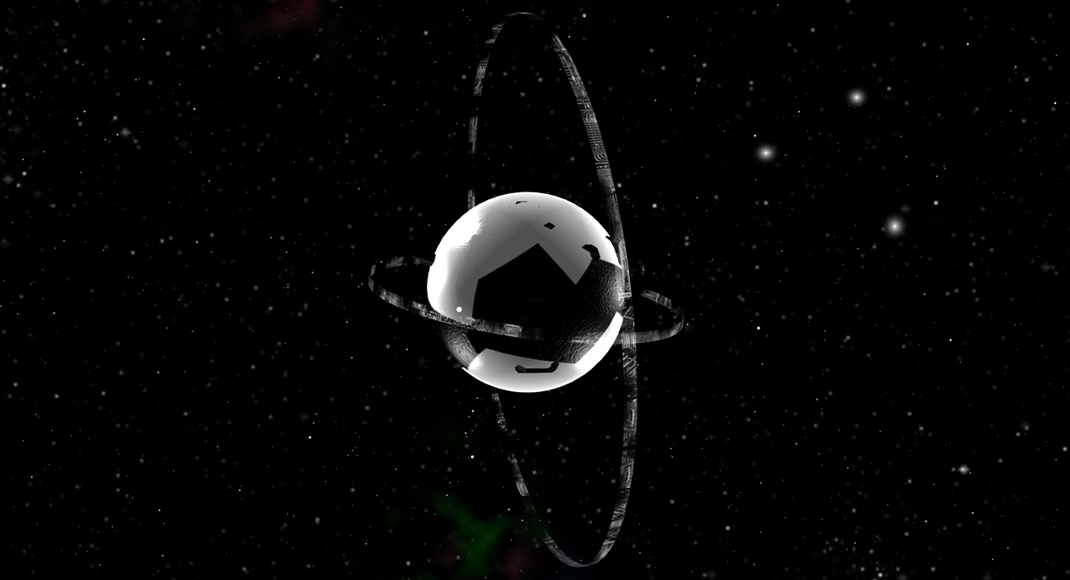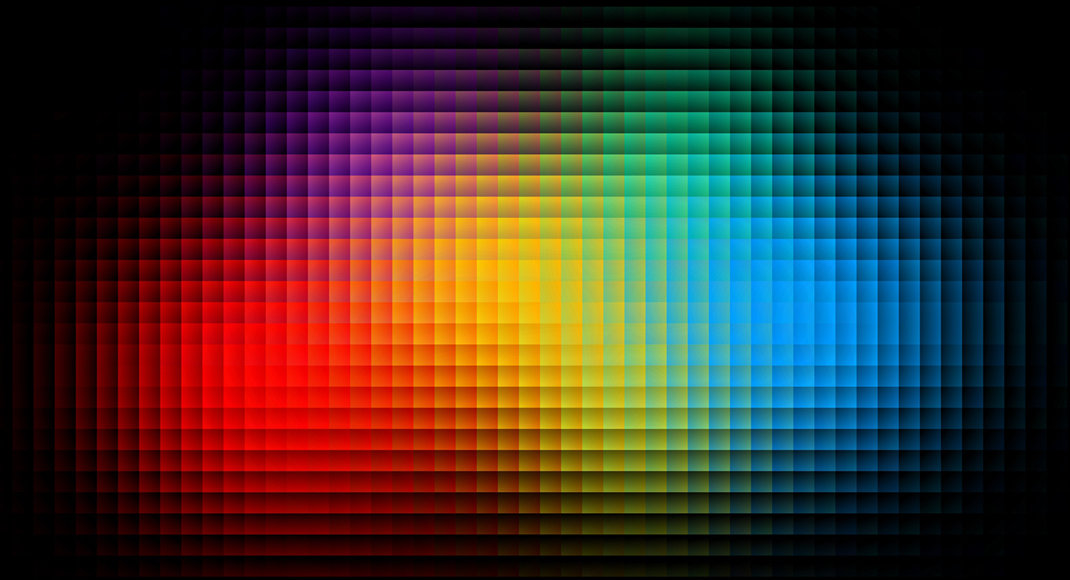Ok folks, it doesn’t get easier than this. If you want to start writing shaders in the browser but can’t figure out how to create your shader program, ThreeJS has you covered.
To write a shader in GLSL (oenGL Shading Language) you first need to let the browser know where you’re going to put your program. Some the shader stuff might look like a combination of javascript and C to you, however, it’s actually GLSL. That’s the language you write shaders in for the web. In order to start writing shaders, you first need to have something to shade. Which means you need to have atleast a simple 3 dimensional object upon which the shader can begin “shading”. The most simple is a plane (two triangles put together into a square) which you will use below to start experimenting with shaders.
Just like drawing with canvas and javascript you need a context. WebGL (the technology threeJS uses) uses the same canvas element that you might be used to drawing with in 2D. Basically instead of get a context of “2D” we are going to get the canvas context of “webgl” instead.
[pastacode lang=”javascript” manual=”const%20gl%20%3D%20canvas.getContext(‘webgl’%2C%20%7B%0A%20%20antialias%3A%20false%2C%0A%20%20depth%3A%20false%0A%7D)%3B” message=”” highlight=”” provider=”manual”/]
Follow the instructions below to begin creating your own shaders. If you are having trouble getting started and don’t want to create your own contexts, you can easily use shadertoy to do the heavy lifting for you. It allows you to start writing GLSL immediately.
In your JS
[pastacode lang=”javascript” manual=”var%20camera%20%3D%20new%20THREE.Camera()%3B%0A%09camera.position.z%20%3D%201%3B%0A%0A%09var%20scene%20%3D%20new%20THREE.Scene()%3B%0A%0A%09var%20uniforms%20%3D%20%7B%0A%09%09time%3A%20%7B%20type%3A%20%22f%22%2C%20value%3A%201.0%20%7D%2C%0A%09%09resolution%3A%20%7B%20type%3A%20%22v2%22%2C%20value%3A%20new%20THREE.Vector2()%20%7D%0A%09%7D%3B%0A%0A%09var%20material%20%3D%20new%20THREE.ShaderMaterial(%20%7B%0A%09%09uniforms%3A%20uniforms%2C%0A%09%09vertexShader%3A%20document.getElementById(%20’vertexShader’%20).innerText%2C%0A%09%09fragmentShader%3A%20document.getElementById(%20’fragmentShader’%20).innerText%0A%09%7D)%3B%0A%0A%09var%20mesh%20%3D%20new%20THREE.Mesh(%20new%20THREE.PlaneGeometry(%202%2C%202%20)%2C%20material%20)%3B%0A%0A%09scene.add(%20mesh%20)%3B%0A%0A%09var%20canvas%20%3D%20document.querySelector(%22.lense-flare%22)%3B%0A%09var%20parent%20%3D%20canvas.parentElement%3B%0A%09var%20renderer%20%3D%20new%20THREE.WebGLRenderer(%7B%20canvas%3A%20canvas%20%7D)%3B%0A%09renderer.setSize(%20parent.clientWidth%2C%20parent.clientHeight%20)%3B%0A%0A%09uniforms.resolution.value.x%20%3D%20parent.clientWidth%3B%0A%09uniforms.resolution.value.y%20%3D%20parent.clientHeight%3B%0A%09var%20startTime%20%3D%20Date.now()%3B%0A%0A%09animate()%3B%0A%0A%09function%20animate()%20%7B%0A%09%09requestAnimationFrame(%20animate%20)%3B%0A%09%09render()%3B%0A%09%7D%0A%0A%09function%20render()%20%7B%0A%09%09var%20elapsedMilliseconds%20%3D%20Date.now()%20-%20startTime%3B%0A%09%09var%20elapsedSeconds%20%3D%20elapsedMilliseconds%20%2F%201000.%3B%0A%09%09uniforms.time.value%20%3D%2060.%20*%20elapsedSeconds%3B%0A%09%09renderer.render(%20scene%2C%20camera%20)%3B%0A%09%7D” message=”” highlight=”” provider=”manual”/]
In your head:
[pastacode lang=”markup” manual=”%3Cscript%20id%3D%22vertexShader%22%20type%3D%22x-shader%2Fx-vertex%22%3E%0A%09%09%09uniform%20float%20time%3B%0A%09%09%09uniform%20vec2%20resolution%3B%0A%09%09%09void%20main()%09%7B%0A%09%09%09%09gl_Position%20%3D%20vec4(%20position%2C%201.0%20)%3B%0A%09%09%09%7D%0A%09%09%3C%2Fscript%3E%0A%09%09%3Cscript%20id%3D%22fragmentShader%22%20type%3D%22x-shader%2Fx-fragment%22%3E%0A%09%09%09uniform%20float%20time%3B%0A%09%09%09uniform%20vec2%20resolution%3B%0A%09%09%09void%20main()%09%7B%0A%09%09%09%09float%20x%20%3D%20mod(time%20%2B%20gl_FragCoord.x%2C%2020.)%20%3C%2010.%20%3F%201.%20%3A%200.%3B%0A%09%09%09%09float%20y%20%3D%20mod(time%20%2B%20gl_FragCoord.y%2C%2020.)%20%3C%2010.%20%3F%201.%20%3A%200.%3B%0A%09%09%09%09gl_FragColor%20%3D%20vec4(vec3(min(x%2C%20y))%2C%201.)%3B%0A%09%09%09%7D%0A%09%09%3C%2Fscript%3E” message=”” highlight=”” provider=”manual”/]

